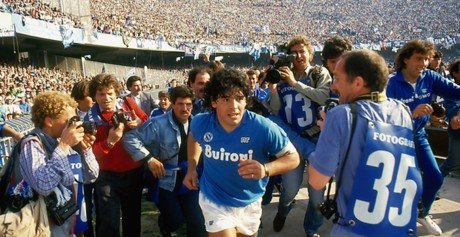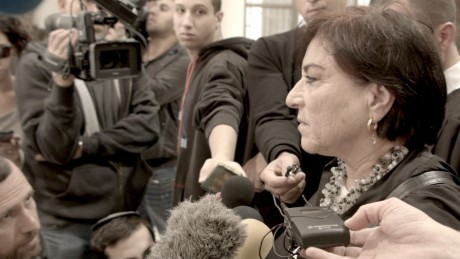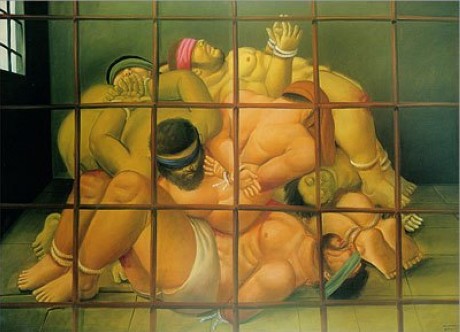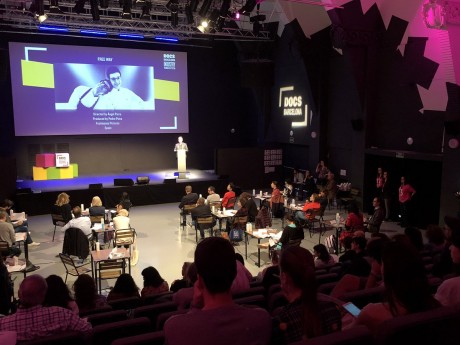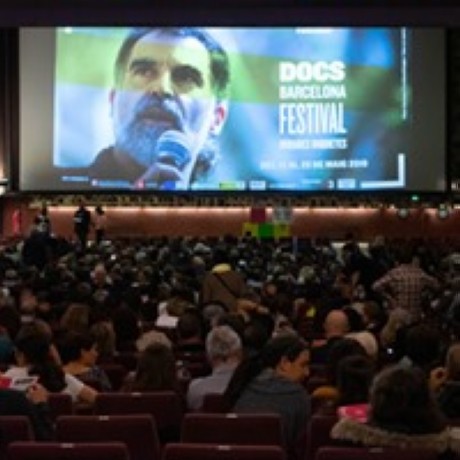


Michal Bielawski: The Wind. A Documentary Thriller

The Halny? Shocking film! Says someone coming from a flat country after having watched a film about the power of the wind in a mountain area.
I had never heard about the halny before so I made a visit to Wikipedia and got this answer:
Halny is a warm windstorm that blows through the valleys. It is often disastrous; ripping off roofs, causing avalanches and, according to some people, can have some influence on mental states.
Precisely what this film shows.…”The Wind. A Documentary Thriller” is an interpretation of our situation : when nature in this form takes action, we have no chance. We have to face the consequences of the catastrophies that we create ourselves, some say, others refer to destiny, God´s will…
Nevertheless the people living in the Tatra mountains fight to survive. They try to stabilise their houses, when the wind is coming, they cut up the trees that have fallen on the roads, blocking the traffic, including the ambulances that hurry to help people with serious problems, some of them suicidal.
My hero in the film is the woman, who writes poems that are celebrating the forest. Like Danish author Hans Christian Andersen, known all over the world for his fairy tales, wrote in one of his books, she does like him, embracing a tree in one of the best scenes of a film that in a fragmented, powerful style conveys an overall drama with several fine parallel stories, and a soundscore that with the wind justifies the characterisation, “a documentary thriller”.
Fear, life and death, father and daughter: His house burns down, he has breathing problems, he goes to the doctor, he continues the lost battle against the evil power. She, the poetess, wants to buy a piece of forest, it’s beautiful to watch her emotions, as it is to watch the young ambulance nurse taking care of the victims.
Michal Bielawski’s film reminds me, with its own competence in content and cinematic skills, about current films about man and nature – Kossakovsky’s “Aquarela”, “The Earth” by Nikolaus Geyerhalter. Hate the word but films like these seem to be trendy – and yes, documentaries are raising the crucial questions our planet is facing, they do so in different styles, with different voices, make us think when we are given a visual statement and a visual artistic comment to the time.
Poland, 2019, 74 mins.
